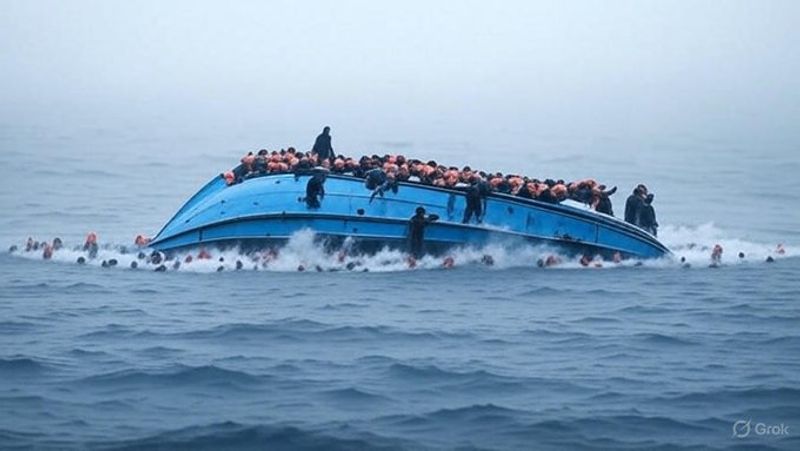Tragedy in the Gulf of Aden: Over 140 Ethiopian Migrants Feared Dead After Boat Capsizes Off Yemen’s Coast

A humanitarian tragedy unfolded early Sunday in the Gulf of Aden, as a boat carrying 154 Ethiopian migrants capsized off the coast of Yemen, leaving at least 142 people feared dead, according to the United Nations International Organization for Migration (IOM).

Only 12 survivors were rescued from the disaster, which marks one of the deadliest migrant shipwrecks in the region’s recent history. Abdusattor Esoev, the IOM’s Chief of Mission in Yemen, confirmed the grim toll, stating that recovery efforts are ongoing. At least 68 bodies have been retrieved so far, many of them washing ashore on the beaches near Khanfa in western Yemen.
Local authorities, including the Abyan security directorate, have launched a large-scale search-and-rescue operation, combing the coastline and surrounding waters for any additional survivors or bodies. In a public statement, officials described the efforts as “massive,” reflecting the scale of the catastrophe and the urgency of the mission.
The Dangerous Journey: Ethiopia to the Gulf
Each year, tens of thousands of migrants—primarily young Ethiopians—embark on perilous journeys from the Horn of Africa across the Red Sea or Gulf of Aden, passing through Yemen with hopes of reaching wealthier Gulf nations in search of work and economic opportunity. This migration corridor, known as the Eastern Route, is the most frequently traveled African migration path. However, it is also widely regarded as the most dangerous.
According to the Mixed Migration Centre, migrants on this route regularly face severe risks including drowning, physical abuse, sexual violence, and exploitation by smugglers and traffickers. Many are lured by false promises or compelled by desperation, only to find themselves in life-threatening situations at sea or in Yemen’s volatile terrain.
A Year of Record-Breaking Losses
The tragedy comes amid a devastating year for migrant deaths along this route. In March, four boats carrying African migrants capsized in the same region between Djibouti and Yemen, leaving 186 people missing. According to IOM figures, a total of 550 migrants have died attempting to reach Yemen in 2024 alone, which is the highest annual death toll ever recorded on the route.
“These numbers are not just statistics,” said Esoev. “They represent individual lives lost, families destroyed, and a reminder of the urgent need for collective international action.”
Conflict and Exploitation: The Yemen Factor
Yemen, which has been mired in a protracted civil war since 2015, poses a particularly dangerous environment for migrants. The ongoing conflict has decimated infrastructure, weakened state institutions, and left much of the country in the hands of rival factions. This lawlessness has created fertile ground for smuggling and human trafficking networks to operate with impunity.
According to the Mixed Migration Centre, the governance vacuum in Yemen has turned it into an “ideal environment” for criminal networks that exploit vulnerable migrants. Many are detained, abused, or extorted by traffickers or even armed groups, with little recourse or protection.
International Response and the Road Ahead
The IOM and its partners have called for greater international coordination to address the root causes of irregular migration and to improve protection mechanisms for migrants en route. This includes expanding legal pathways for migration, improving border and maritime safety measures, and investing in economic development in origin countries such as Ethiopia.
“Unless the international community acts swiftly and decisively, tragedies like this will continue to happen,” said Esoev. “We need to address the push factors in migrants’ home countries and provide them with safer alternatives.”
As families in Ethiopia and beyond await news of missing loved ones, Sunday’s disaster stands as a stark reminder of the human cost of unsafe migration—and the urgent need to rethink global responses to one of the world’s most dangerous migration corridors.









